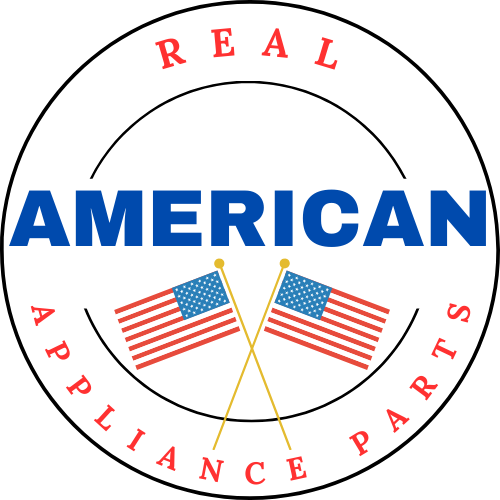Is The Customer Really Always Right?
- Wrong or right in a work relationship is a legal, not a moral, question.
- Knowing the four steps when establishing a contract clarifies your responsibilities to it.
- Once enjoined, you need to fulfill your agreed-upon tasks, even if the conditions become difficult.
- You are free to say "no" before you enter into agreement, so know what you're getting into.
It's a cliche, and one that should be ended conclusively. Yet this will not be and will instead be used as an excuse at least once in your repairperson's career. "The customer is always right."
Right or wrong is irrelevant. It's not a moral question, it's a legal question (or several questions), and those are: were you contracted to do work, did you agree to do the work, and did you actually do the work as promised?
Just for a moment, set aside what you should do about customer relationships, and let's talk about contracts.
A Brief Explainer About Contract Law
To quote multiple sources on the subject, to be legally binding, "a contract must include four key elements: an offer, acceptance, consideration, and an intention to create legal relations."
Remember that being contracted to do repairs on a customer's equipment shares several elements with a contract law case, including delivering a written estimate to, and expecting a signed confirmation of, services to be rendered.
Let's break down how aspects of this might be applicable to your service and your customer.
Offer
An offer is a promise by one party to enter into a contract on certain terms.
The customer has requested a service call for an appliance repair. Your service technician has fulfilled this, explained the problem, what will be required to solve the problem, what it will cost to do so, and has produced a work order.
Alternately, you have produced the cost of the potential service and the customer suggests you do the work at half of price you are presenting, you should reject the offer and do no work in its relation.
Acceptance
Acceptance is the final and unqualified acceptance of an offer.
The customer has said, "Yes, repair my refrigerator/oven/etc.," and signed the paperwork required for the service to begin. And you have agreed to get that work done.
Consideration
Consideration is "something of value exchanged between the parties to a contract." Consideration can be "many things such as money, property, service, work performance, or a promise to not do something."
Obvious in this context, the service your technician renders is the consideration.
An Intention To Create Legal Relations
Both parties must have the intention to create a legally binding contract. If either party does not intend to be legally bound, there will be no valid unilateral contract.
In other words, both parties agree clearly to this thing happening. The customer says, "Yes, I want you to fix the appliance," and the repairman says, "Yes, I will fix your appliance." If for some reason the customer says, "I would rather you did not proceed," the repairman cannot proceed. Likewise, your repairman says, "This oven is too old for me to repair safely," or "This refrigerator is too far gone to be repaired and we suggest replacement," this too ends the contract. One of the two parties has stopped the process.
The Other Five Percent
95% of customers want the situation resolved. They didn't want to have broken equipment, didn't want to have relative strangers in their home to undo the problem, and didn't want to spend money on a situation they didn't plan on. But here we are. They want resolution as quick and cleanly as possible, and then move on as normal.But there will always be that 5% that makes things difficult. There are myriad reasons why they might try this, but one must be prepared for such an issue. It is critical to use one's best judgment to decide if this continues BEFORE these four phases of the contract are fully enacted. Once you have engaged, you're bound to complete what you have promised.
That's where cellphones can be a friend. If there are issues with the workspace BEFORE any work is started, take pictures and make the customer aware of these issues before something is started. "Hi Mr. Smith, before anything is started, I need to make you aware that this power cord is really strained and could be damaging the power outlet it is connected to."
Something like this is a preventative measure. If the technician sees these problems but does not attempt to make this known to the customer, they could come back after the repair and state your repair person is responsible for pre-existing issues, and you have no proof to the contrary.
In extreme cases, the customer simply does not engage in good faith. Sometimes, there's little recourse but to finish the job to the best of one's abilities, fulfilling your side of the contract; accept the outcome; but resolve on your side to not do business with this person again. You are required to keep the promises you made and agreed to, but not to put yourself in that same position again willingly.
Is The Customer Always Right?
No, they are not always right. No one wants to doubt the integrity of the customer. Yet, if you accept them AS a customer by choice, you are bound by the terms of your agreement and need to fulfill them until such a time when you can sever those ties legally.

